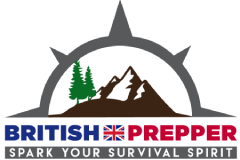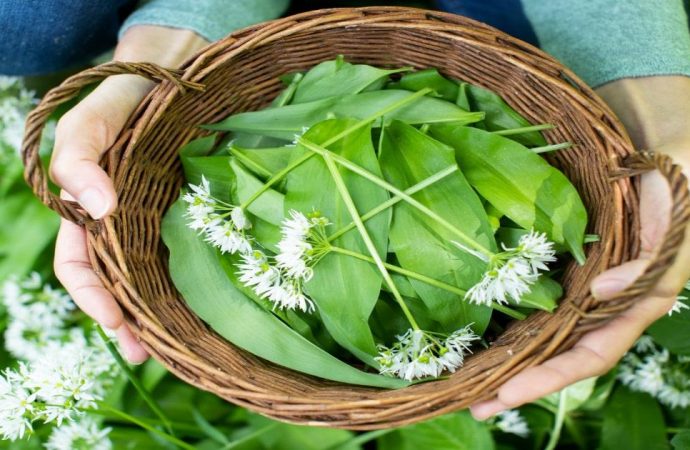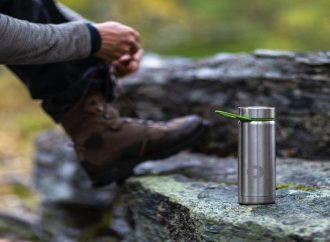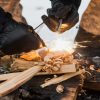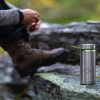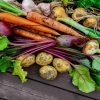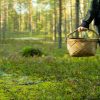Having a sound understanding of how leaves and plants grow and work will enable you to make better choices when making tea from foraged plants. As a UK prepper, it is vital that you are able to forage for yourself. This is an essential skill to keep yourself alive, regardless of whether you’re foraging for
Having a sound understanding of how leaves and plants grow and work will enable you to make better choices when making tea from foraged plants. As a UK prepper, it is vital that you are able to forage for yourself.
This is an essential skill to keep yourself alive, regardless of whether you’re foraging for food, water or various other manmade materials.
However, when it comes to plants, they have a very different ecosystem and it is important that you have the correct knowledge and understanding of what you can forage and what you can’t forage.
As a prepper, it is also important to know which leaves and plants are suitable to forage in terms of long-term sustainability. You will want to keep yourself alive, well fed and stocked up when possible for as long as possible to ride out a SHTF event.
A Cup of Tea Makes Everything Better
Similar to the movie ‘Shaun of the Dead’ where the characters go to their local pub for a pint and hope the apocalyptic events blow over, when a SHTF event occurs why not stick the kettle on – over the open fire, of course – and enjoy a cup of warm herbal tea to help you relax and feel somewhat normal among the chaos that has ensued.
Fortunately, there are many kinds of bush and shrub in the wild that you can use to brew tea from foraged plants if you didn’t manage to grab the PG Tips on the way out.
Whilst many of these leaves provide many nutritional benefits and compounds, it is always best to start with smaller doses so you can test how your body reacts to the tea. You don’t want to be plagued with stomach cramps.
The Best Brew
There are a few different ways you can brew tea from foraged plants and leaves. You can of course just boil what you have foraged in filtered water and have a nice warm cup of tea.
However, it is usually recommended to leave the leaves or plants to stew for a number of hours, or even over night to allow all of the beneficial properties of the leaves and plants to seep into the tea. This will also allow for more flavour.
Now, onto the good part, what foraged plants and leaves can be used to make teas?
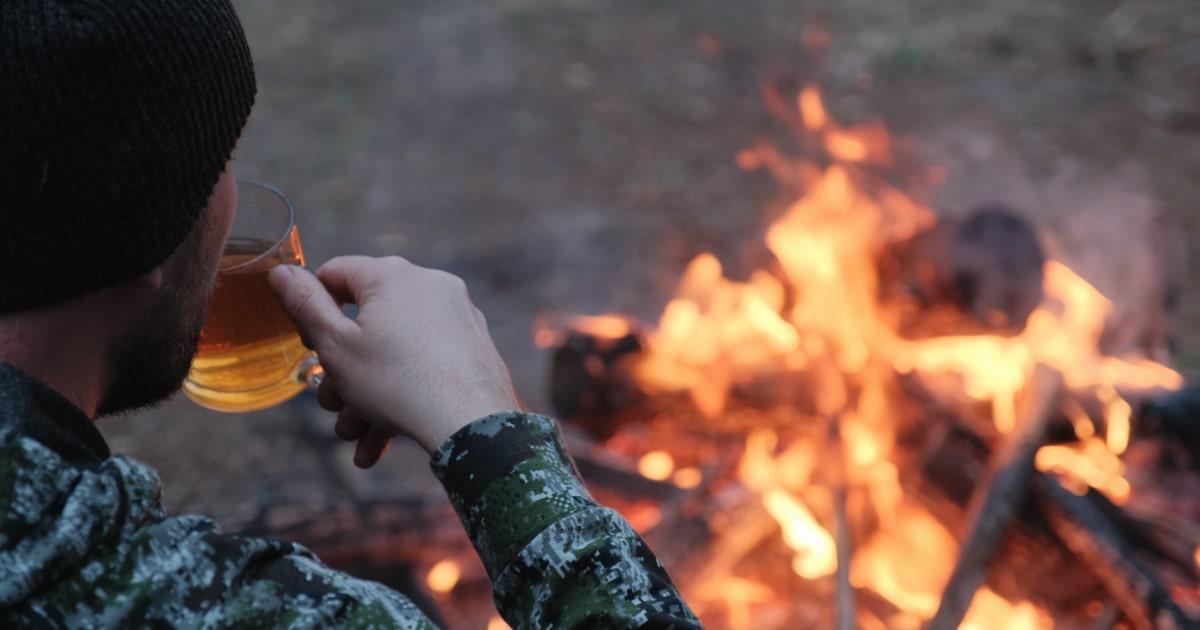
Spruce Tip and Pine Needle – Many fir trees are edible believe it or not, which means they make for a great tea. Pine tree needles and spruce tree needles have long been used throughout the ages to brew delicious, nutritional teas which are rich in vitamins A and C.
The great thing about these trees is that they are largely available at any time of the year, making them sustainable for a prepper to make use of.
They make for a bitter tasting tea, crush or finely chop the needles for the best results. Avoid Norfolk, ponderosa and yew pines as these are not safe for consumption.
Sumac – Poison sumac should be avoided at all costs. However, if you’re lucky enough when foraging to come across common sumac, then you’re in for a treat. You can brew a tart tea or use the berries to brew lemonade which is rich in vitamin C.
Dandelion – There are many dandelions found around the UK as weeds, so as a UK prepper these should be fairly easy to forage. Dandelions act as a detoxifier. You can make tea from foraged leaves and roots of this plant, and it can be used to brew a coffee substitute. You will want to dry the roots and leaves out first before using for best results.
Birch – If you find birch leaves and twigs when foraging, keep a nice little stockpile as they can be brewed into a very healthy tea full of flavour. Birch is an anti-inflammatory and great detoxifier so will come in handy if you have any injuries or toxins you need eased.
Bee Balm – Otherwise known as bergamot, which is widely known for its delicious and aromatic scent. Bee balm is often used to flavour Earl Grey tea, so now you can brew your own in the wild if you happen to stumble across any.
The tea will aid with many digestive issues so is useful to have in case of any food poisoning or constipation.
Raspberry Leaf – Raspberry leaves can be foraged and harvested well before the berries appear. You can brew up a delicious tea with these leaves which is rich in magnesium, vitamin C and vitamin B – excellent if you forgot to stock up on multivitamins.
It is similar to black tea, so very tasty and can also be served cold as a refreshing drink.
Red Clover – Clover blossoms can be used to brew a sweet tea which is very flavourful and full of potassium and magnesium. You can add this to other teas or drink it purely on its own.
Nettle – Be careful not to get stung when foraging for nettles. A great herb to use for boosting your immune system as well as treating pain. You can brew nettles into a fairly mild and tasty tea, not to mention the leaves are edible.
So you could cook the leaves to eat and drink the water you boiled them in as nettle tea.
Ground Ivy – Very common in most lawns around the UK, you should be able to find this one easily enough if you’re an avid UK prepper on the hunt for useful plants.
The tea can be rather overpowering in terms of its taste however, there are many useful properties which ground ivy tea possesses such as acting as an anti-inflammatory and being used to treat respiratory issues and pain.
Blackberry Leaves – Blackberries are very common throughout the wild in the UK. Foraging these should be easy enough, you can brew the leaves into a fruity tea and eat the berries.
Strawberry Leaves – When SHTF, you might be glad to find wild strawberry leaves when foraging. You can of course eat the strawberries or keep them for later. The leaves make for a great tea rich in vitamins and they’re very aromatic.
If You Can’t Identity It, Don’t Use It
If you happen to come across leaves or plants which you cannot identify while foraging, then it is best to not eat them or use them to make tea with as you may end up causing yourself harm.
A good idea would be to pick up a foraging guide book before SHTF so you have an extensive guide of what to make tea with and what not to make tea with.
